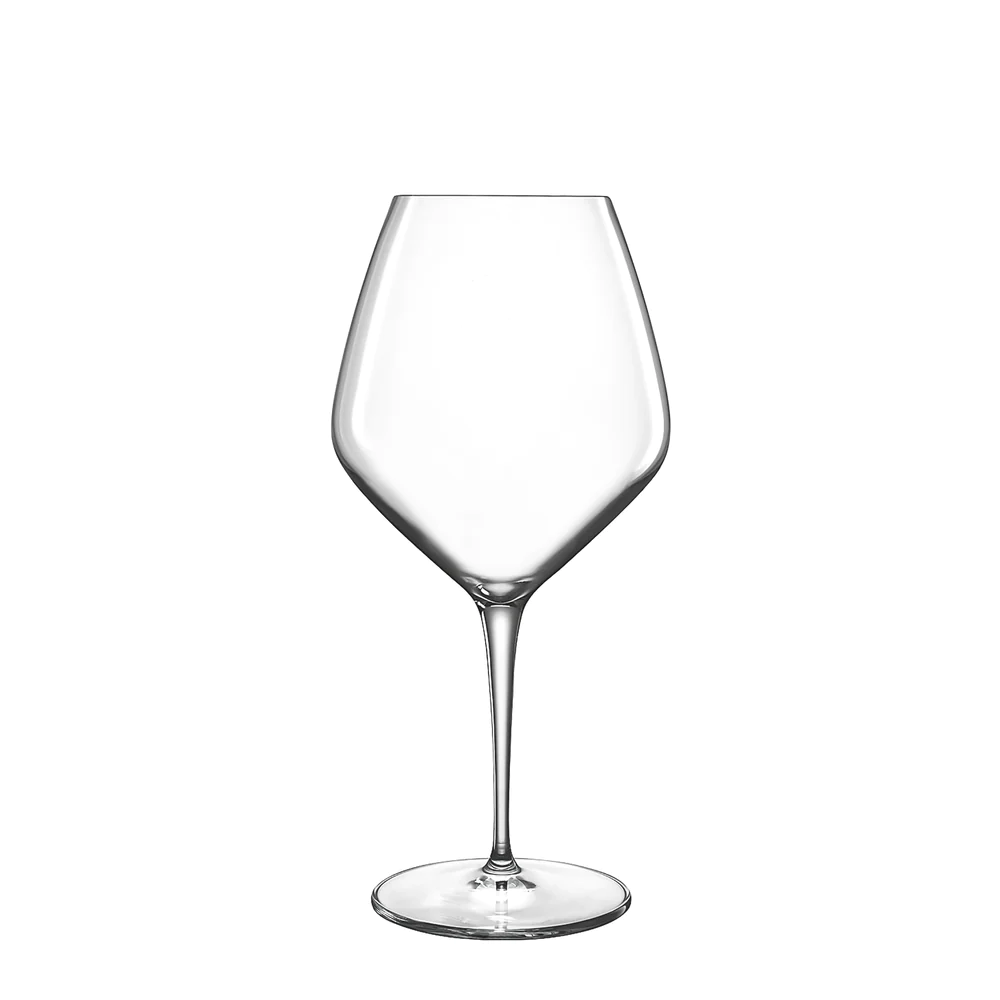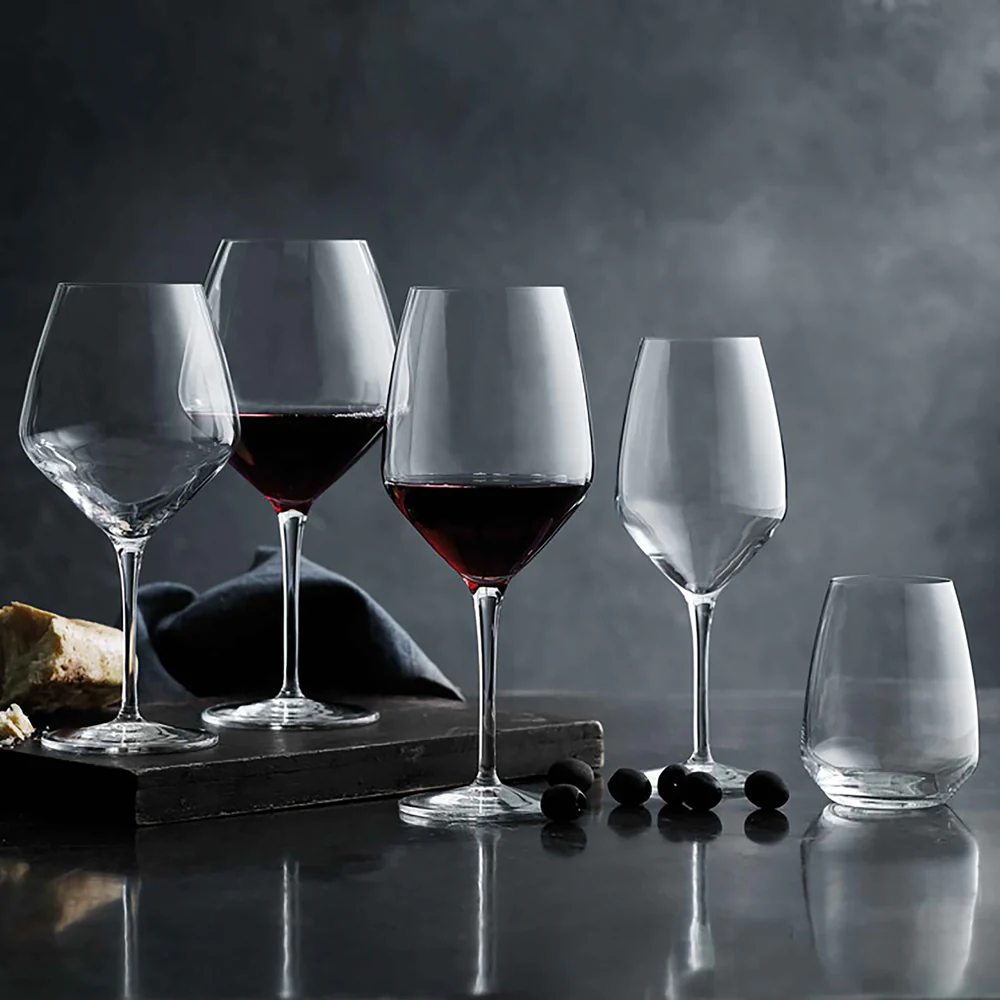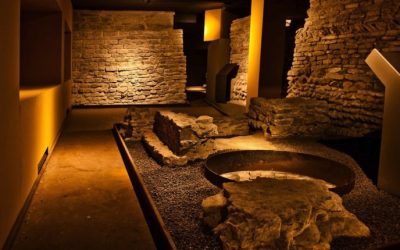The Right Barolo Glassware set
Undeniably, Barolo is the king of Italian wines. Hailing from the rolling hills of Piedmont, this rich, full-bodied red wine boasts an intricate balance of robust tannins and complex flavors that make it a favorite among wine enthusiasts. However, to truly appreciate Barolo’s aromatic nuances and rich depth of flavor, proper serving techniques are of paramount importance. In this guide, we explore key aspects of serving Barolo, from selecting the ideal wine glass to understanding the optimal serving temperature and answering essential wine serving FAQs. Whether you’re a seasoned connoisseur or a budding wine lover, this comprehensive guide is your one-stop resource to elevate your Barolo drinking experience.
| Serving Element | Key Points |
|---|---|
| Temperature | Barolo should be served at 18-20°C |
| Decanting | Let the wine breathe for at least an hour before tasting |
| Glassware | Use a large, tulip-shaped glass (Burgundy glass) |
| Price range for Barolo Glassware | From $79.99 (Luigi Bormioli Atelier Barolo Wine Glass, set of 6) to $110.00 (Rookwood Pottery Barolo Glass, set of 4) |
The Right Barolo Glassware Set

Selecting the ideal glassware is a vital step when you’re preparing to serve Barolo, as the shape and size of the glass can dramatically impact the wine’s aromatic profile and overall tasting experience. A large, tulip-shaped glass – commonly known as a “Burgundy glass” – is often recommended for Barolo due to its unique design that fosters the best expression of the wine.
The broad bowl of this glass style permits the wine to aerate effectively, unlocking more of its complex, layered aromas. This wider shape allows for the wine to be in a larger contact surface with the air, encouraging the diffusion of the aromas. Meanwhile, the glass’s narrow top traps these aromatic compounds inside, directing them towards your nose, thereby enhancing the sensory experience. On the other hand, the generous size of the glass lets the wine spread out and breathe – a critical factor for a tannic and full-bodied wine such as Barolo. Therefore, when pouring Barolo into your selected glass, remember to fill it only to its broadest point, ensuring there’s ample space for the wine to interact with the air.
nlocking the Secrets of Serving Barolo” Barolo, the king of Italian wines, deserves special attention when it comes to serving. The process involves more than merely opening the bottle and pouring. The right temperature, the proper glassware, and appropriate aeration time can greatly affect the wine’s quality, enhancing its aromatic profile and the overall tasting experience. In this guide, we will provide you with essential tips on how to serve Barolo to truly savour its unique character.
Setting the Scene: Preparing to Serve Barolo
Before you even pour the wine, there are some crucial considerations to take into account. The environment, the occasion, and the accompaniments can all influence how your Barolo is perceived and enjoyed. An adequately set table, good company, and the right food pairings can complement and even enhance the wine’s flavors, turning a simple wine tasting into a memorable event.
Decoding the Science: The Importance of Decanting Barolo
The process of decanting can have a significant impact on a bottle of Barolo. This wine, known for its robust structure and tannins, can greatly benefit from some time to breathe. But why is this step so important, and how can it be done properly? We’ll delve into the science behind decanting and provide practical tips for getting the most out of your Barolo.
Choosing the Right Barolo Glassware:
Price and Quality Considerations” The choice of glassware when serving Barolo is not merely aesthetic; it plays a pivotal role in shaping your wine experience. Investing in a set of high-quality Barolo glasses can significantly enhance your enjoyment of this Italian gem. Here, we’ll give you insights into what makes a great Barolo glass and guide you in finding the perfect set without breaking the bank.
Frequently Asked Questions (FAQ)
-
What glass should Barolo be served in?
Barolo, a full-bodied wine with high tannins and complex flavor profiles, should ideally be served in a large, bowl-shaped glass, specifically a Burgundy glass. The wide bowl and narrower rim of this type of glass provide ample space for the wine to breathe and concentrate its distinctive aromas towards the top, enhancing the overall tasting experience.
-
How do you serve Barolo?
Serving Barolo involves a few key steps to unlock its full potential. Firstly, the wine should be allowed to breathe or be decanted for at least an hour before consumption. This helps to soften its robust tannins and release its complex aromas. Secondly, it should be served at the correct temperature, ideally between 18-20°C. Lastly, using a large, bowl-shaped wine glass will concentrate the aromas and enhance the tasting experience.
-
Does the right wine glass matter?
Absolutely, the right wine glass can significantly affect the taste and aroma of wine. The shape of the glass can influence the rate of aeration, the temperature of the wine, and the direction of the wine in your mouth. These factors all contribute to how the wine’s aromas and flavors are perceived, hence, selecting the appropriate glassware for specific types of wine is crucial.
-
How do I choose glassware?
Choosing glassware for wine is largely dependent on the type of wine you plan to serve. Some general rules include choosing a glass with a stem to avoid warming the wine with your hand, and one with a large bowl for wines that require more aeration, like Barolo. Additionally, quality matters. Higher quality glasses, usually made from crystal, are thin and smooth, providing a better tasting experience. Finally, consider the aesthetic appeal and how much you’re willing to spend, as wine glass prices can vary greatly.
Conclusion: Mastering the Art of Serving Barolo
In conclusion, serving Barolo is an art that involves many elements, from the right temperature and glassware to the importance of aeration. Mastering these aspects can dramatically elevate your wine tasting experience, allowing you to fully appreciate the complexities and nuances of Barolo.






